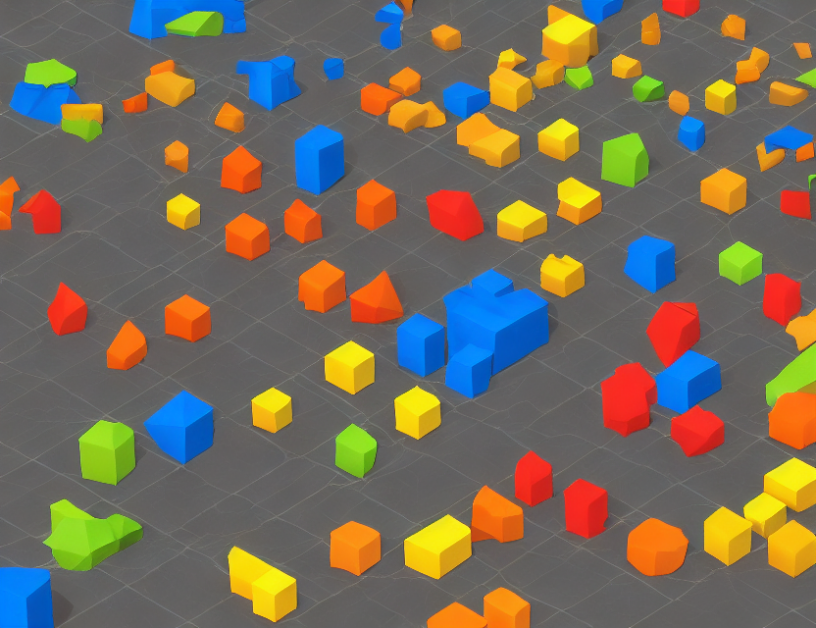The article discusses four tasks related to shapes, including shape captioning, shape completion, shape reasoning, and shape editing. Shape captioning involves generating a descriptive sentence based on an input shape, while shape completion involves reconstructing a complete shape from a partial one. Shape reasoning generates shapes based on descriptions of function, application, or user needs without direct inputs regarding classification or explicit appearance of the shape. Shape editing is based on the target shape and calculates reconstruction metrics between the generated shapes and intact models.
To evaluate these tasks, the article uses the pre-trained CLIP model for shape captioning and shape completion, while for shape reasoning, it employs a new method that generates shapes based on natural language descriptions. For shape editing, the article calculates reconstruction metrics between the generated shapes and intact models.
The article highlights that these tasks are distinct from the text-to-shape task, where the goal is to generate a 3D shape directly from a textual description. The authors aim to demystify complex concepts by using everyday language and engaging metaphors or analogies to capture the essence of the article without oversimplifying.
Overall, the article provides an overview of four tasks related to shapes and their evaluation methods, demonstrating the importance of understanding these tasks in the field of computer vision and natural language processing.
Computer Science, Computer Vision and Pattern Recognition
Shape Captioning and Shape Generation: A Descriptive Approach



